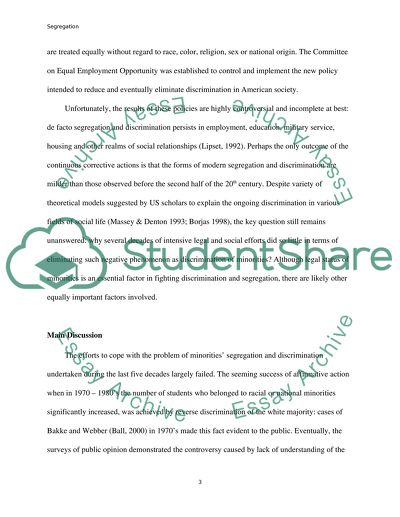Cite this document
(“Segregation Essay Example | Topics and Well Written Essays - 1250 words”, n.d.)
Retrieved from https://studentshare.org/people/1532526-segregation
Retrieved from https://studentshare.org/people/1532526-segregation
(Segregation Essay Example | Topics and Well Written Essays - 1250 Words)
https://studentshare.org/people/1532526-segregation.
https://studentshare.org/people/1532526-segregation.
“Segregation Essay Example | Topics and Well Written Essays - 1250 Words”, n.d. https://studentshare.org/people/1532526-segregation.


